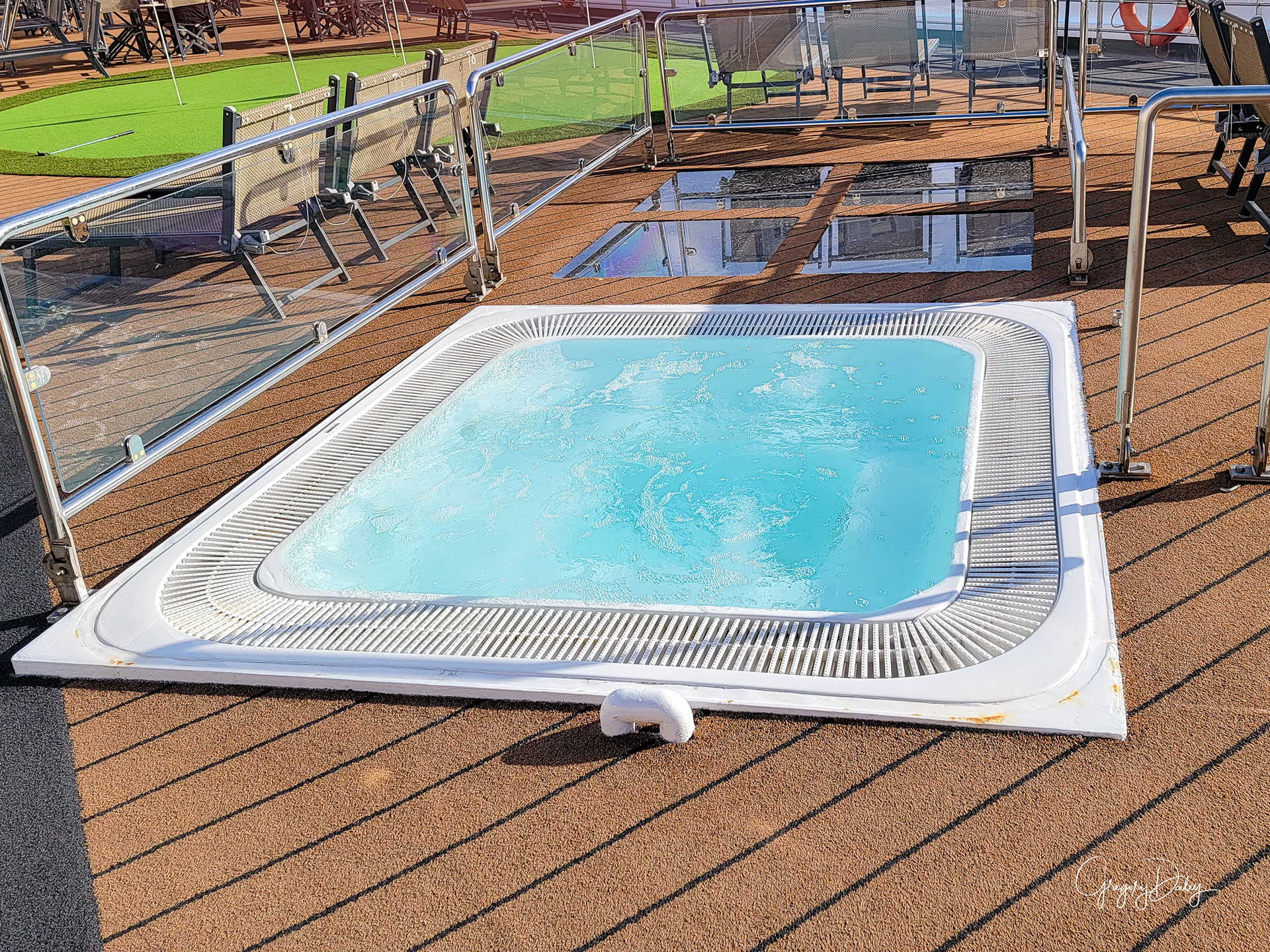
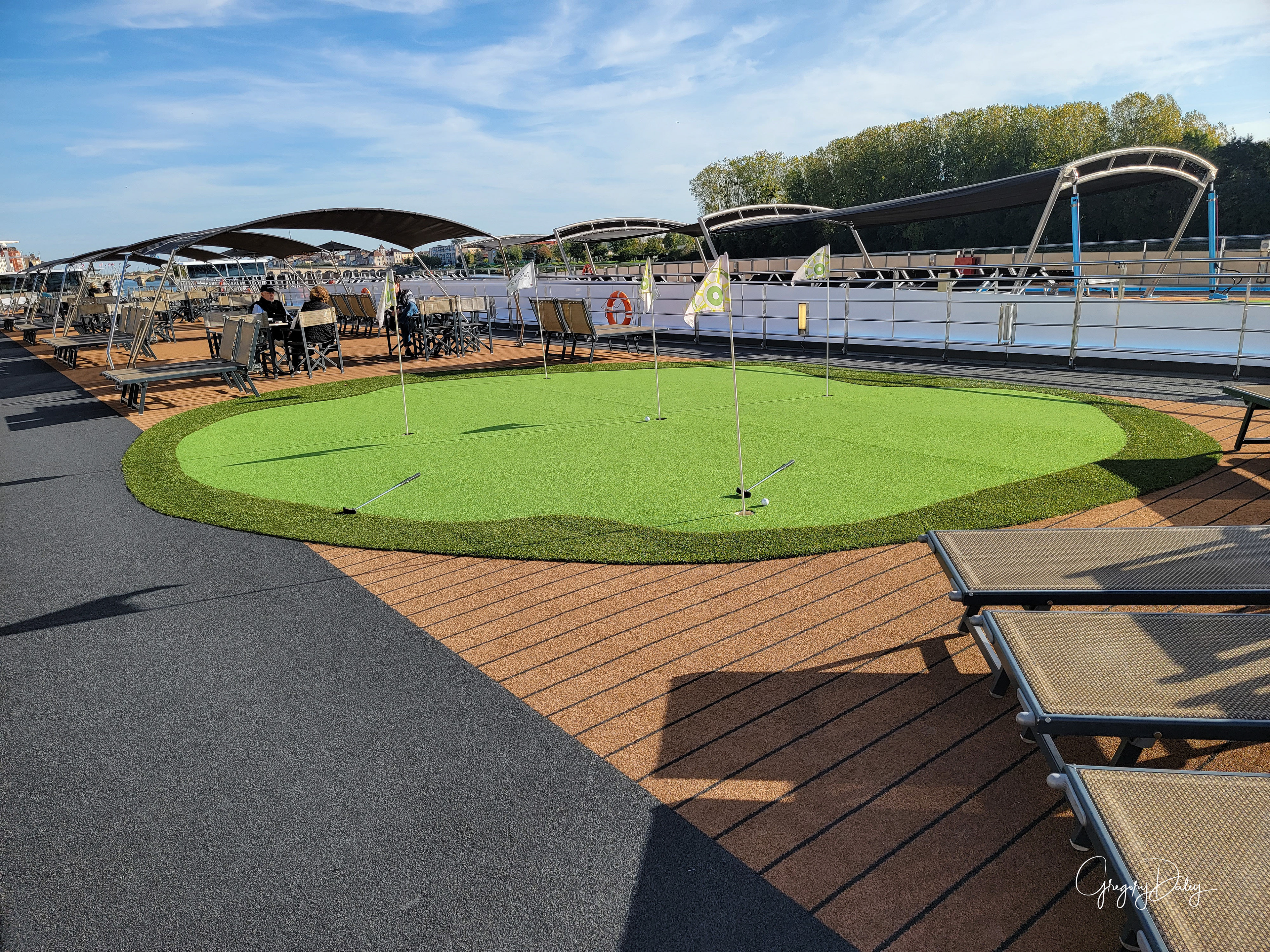
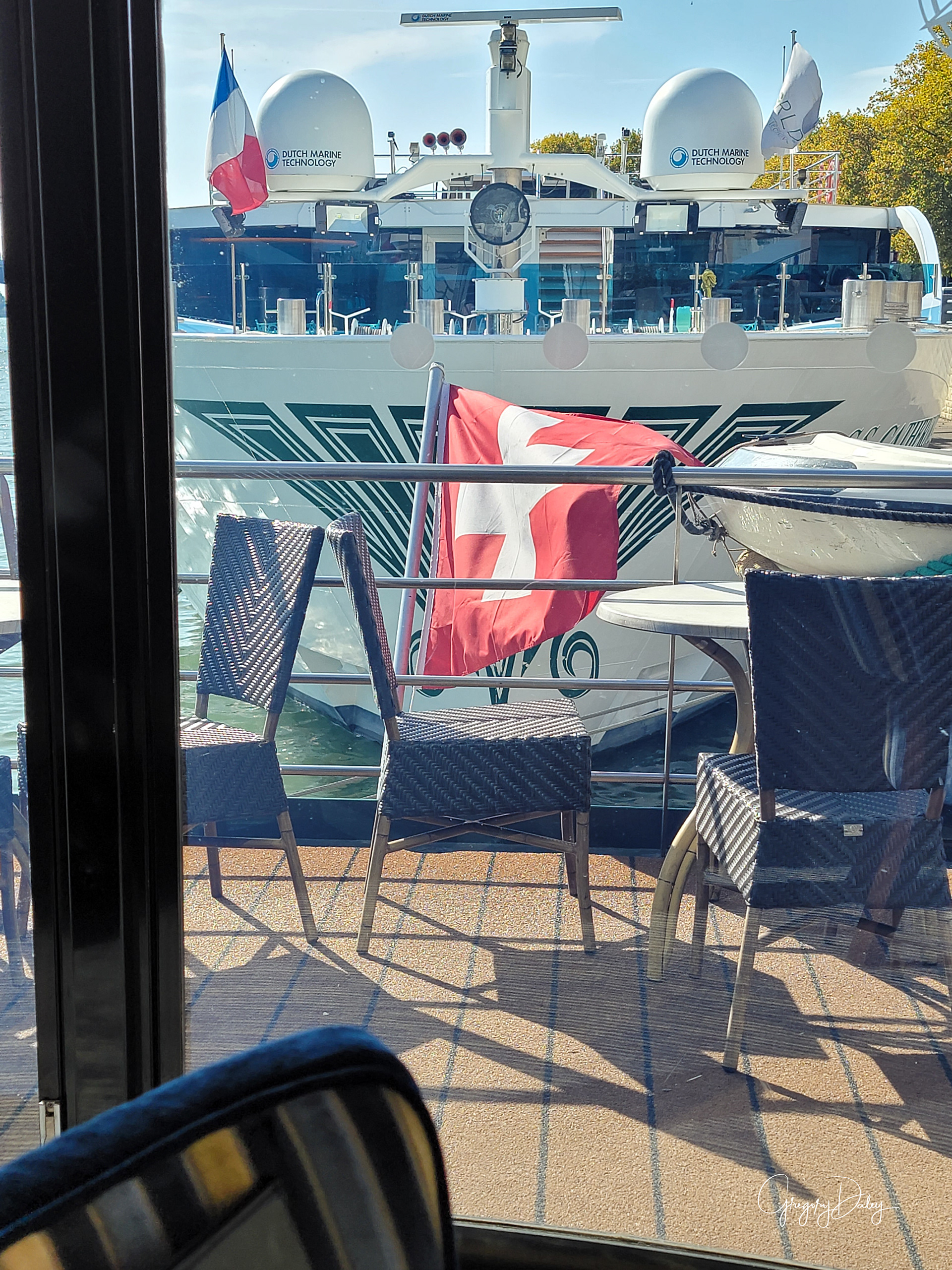
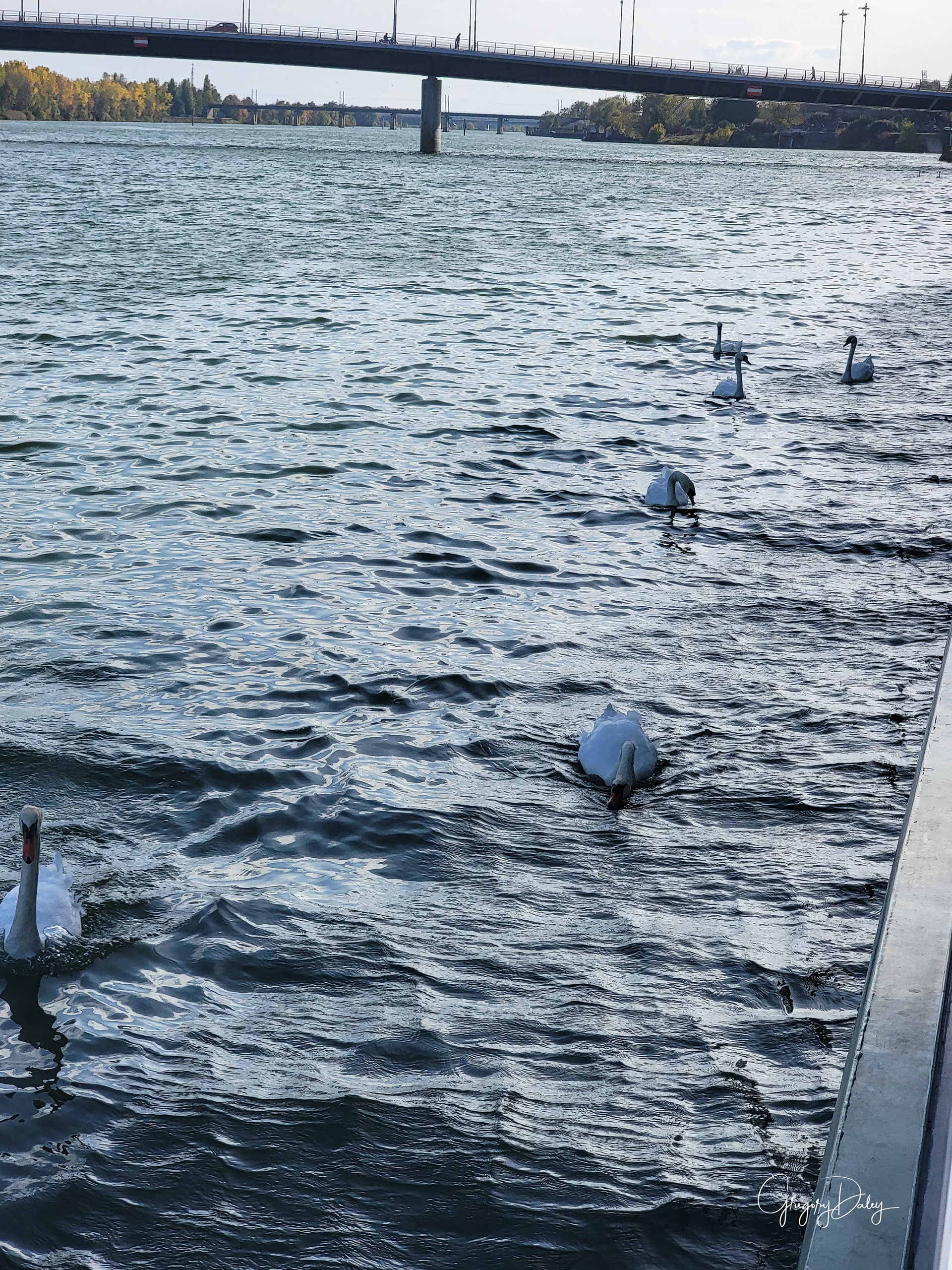
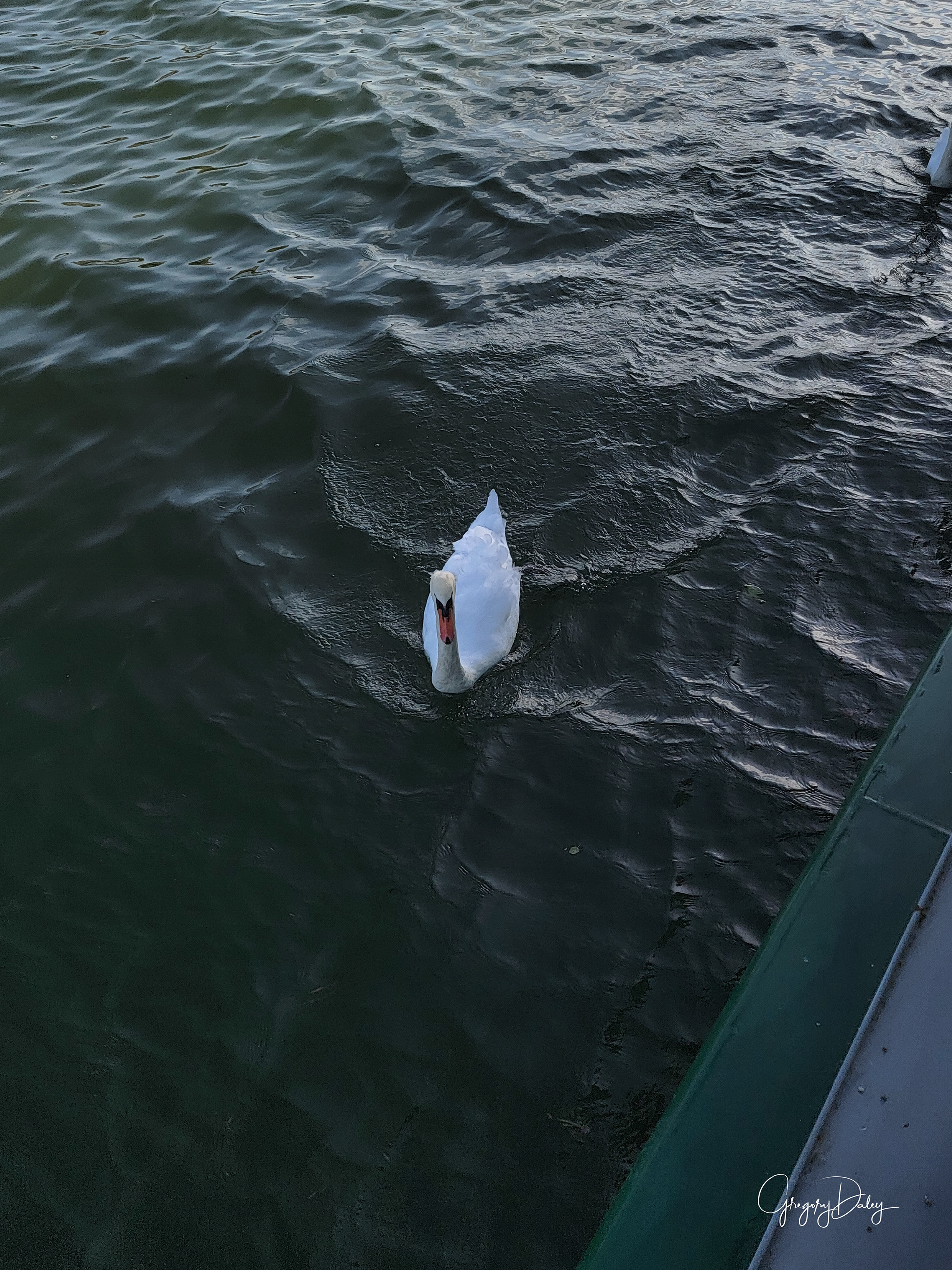
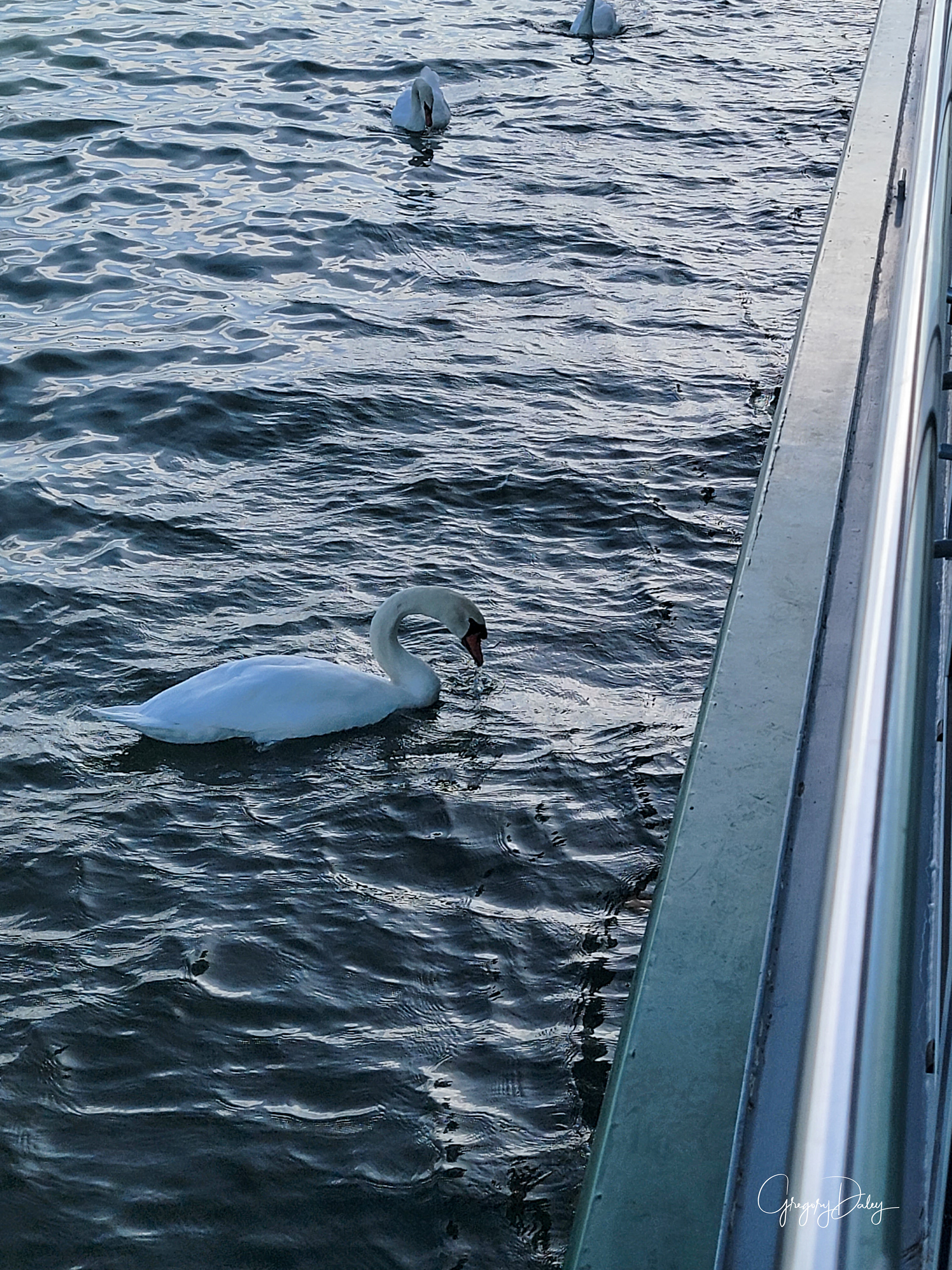
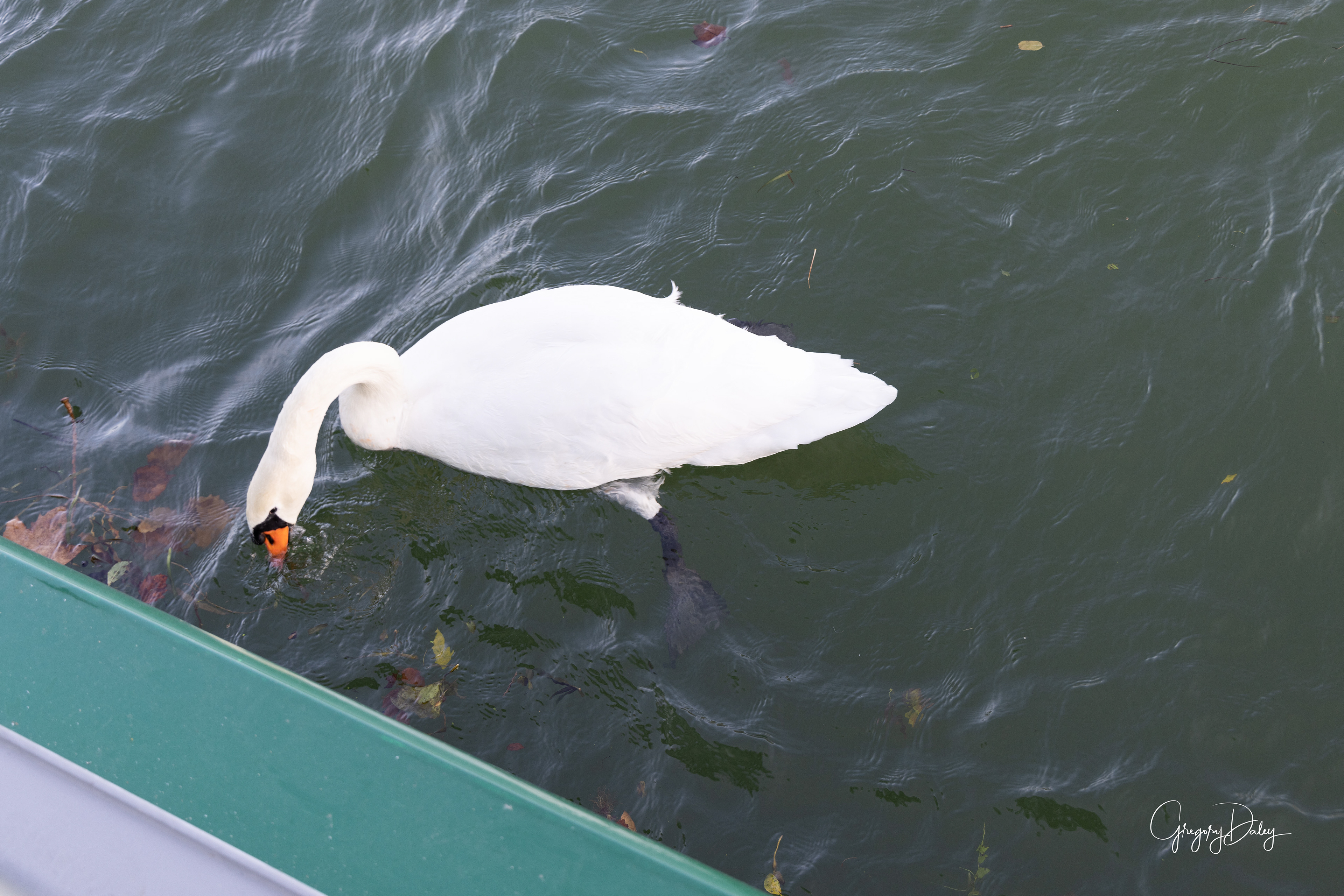
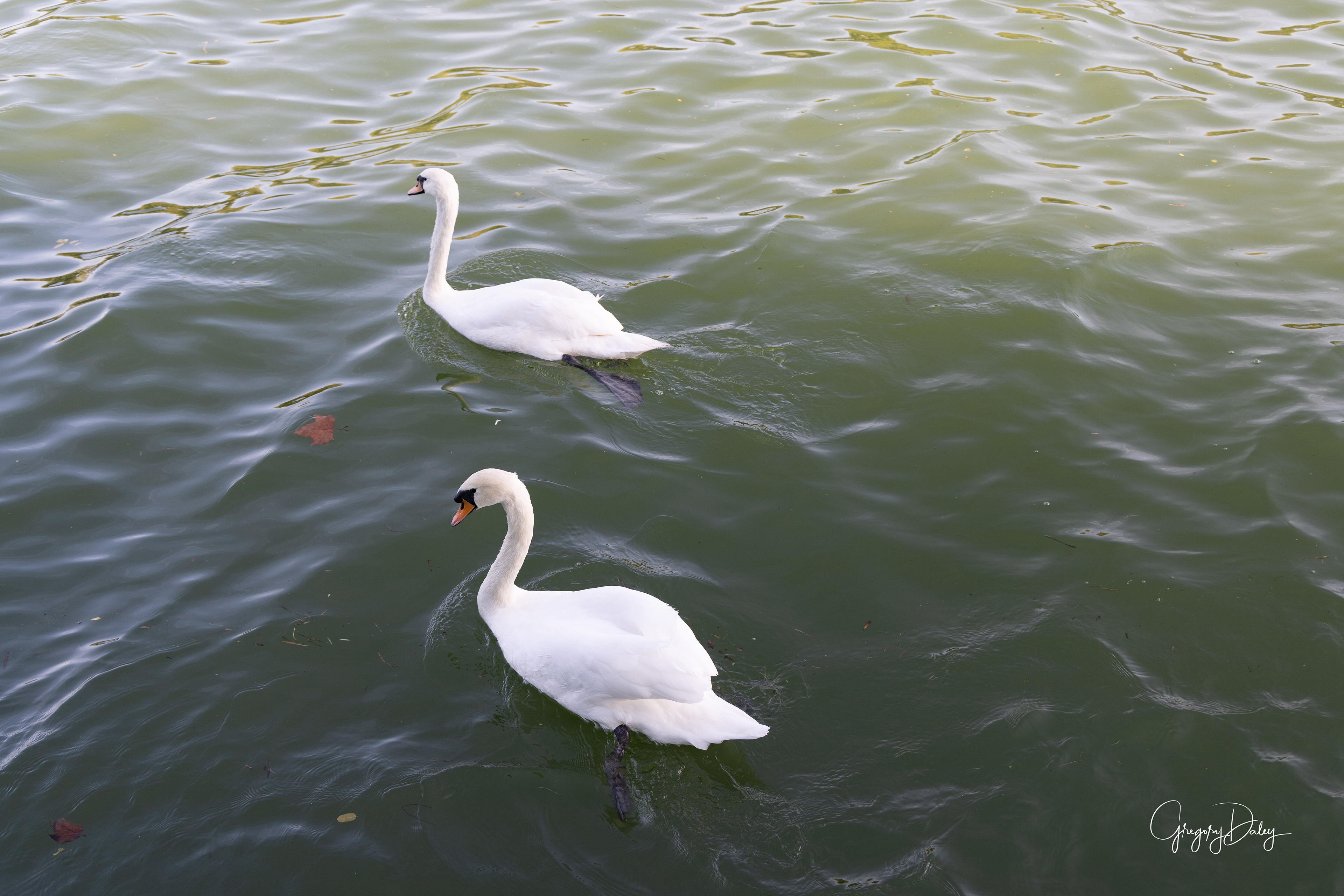
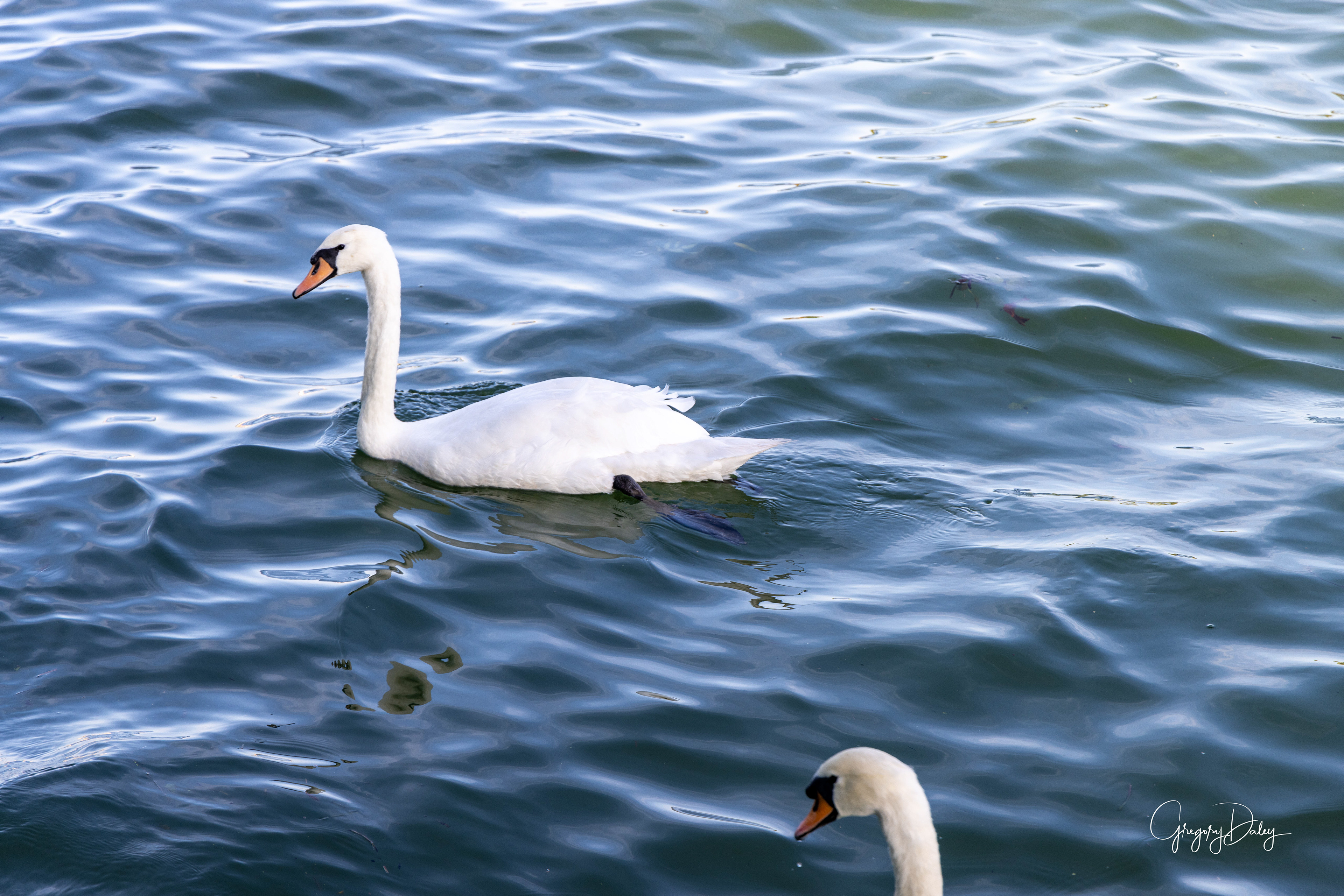
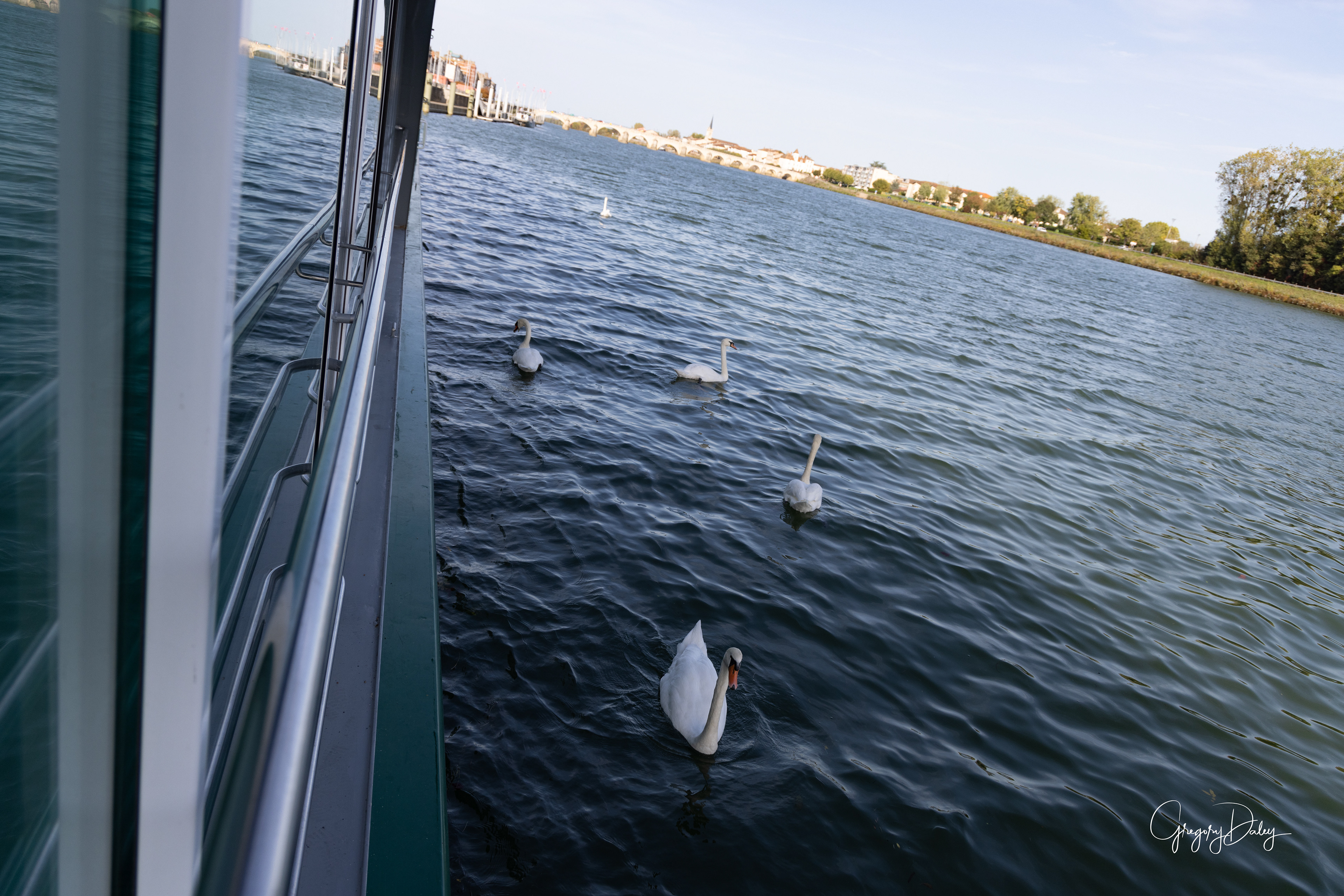
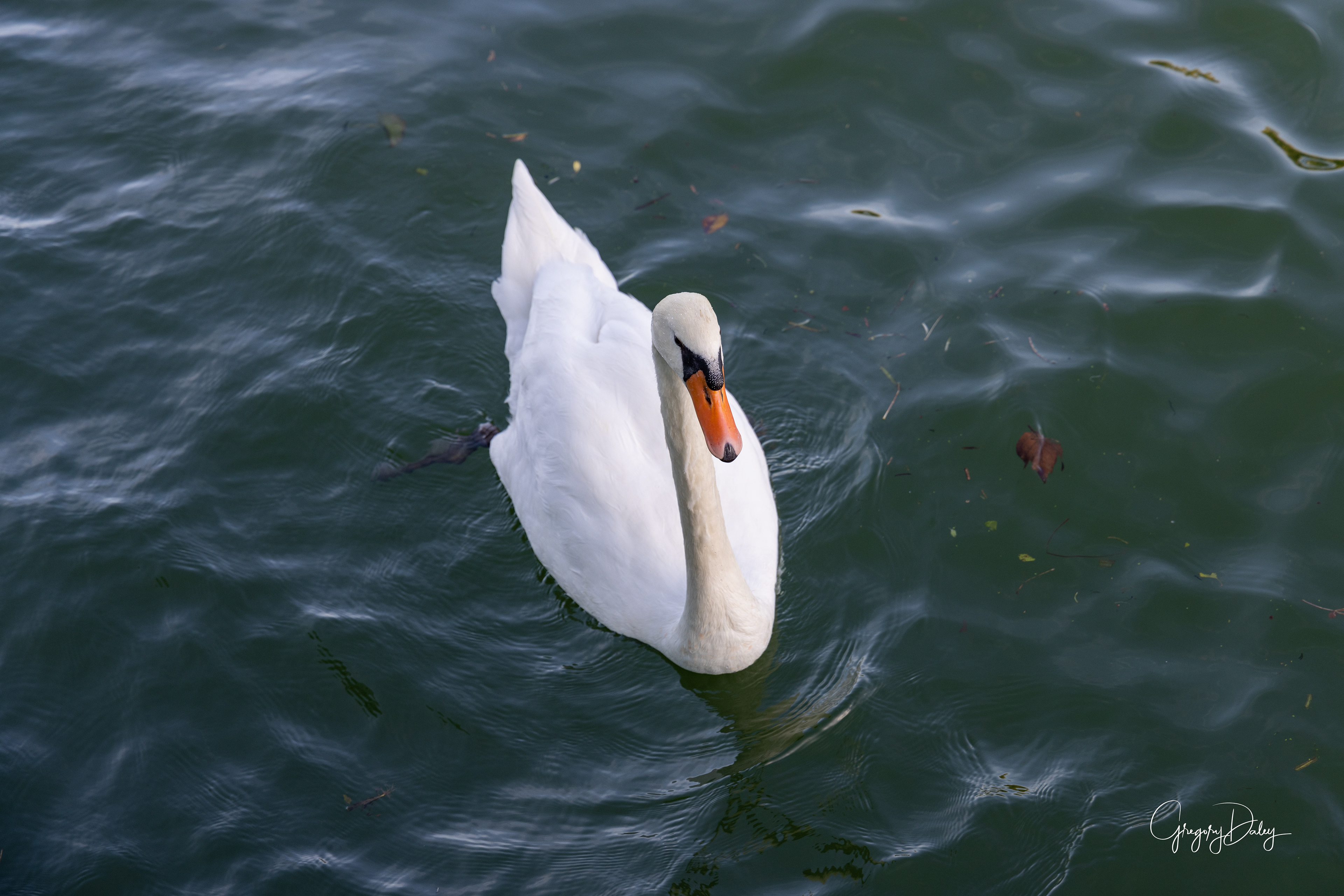
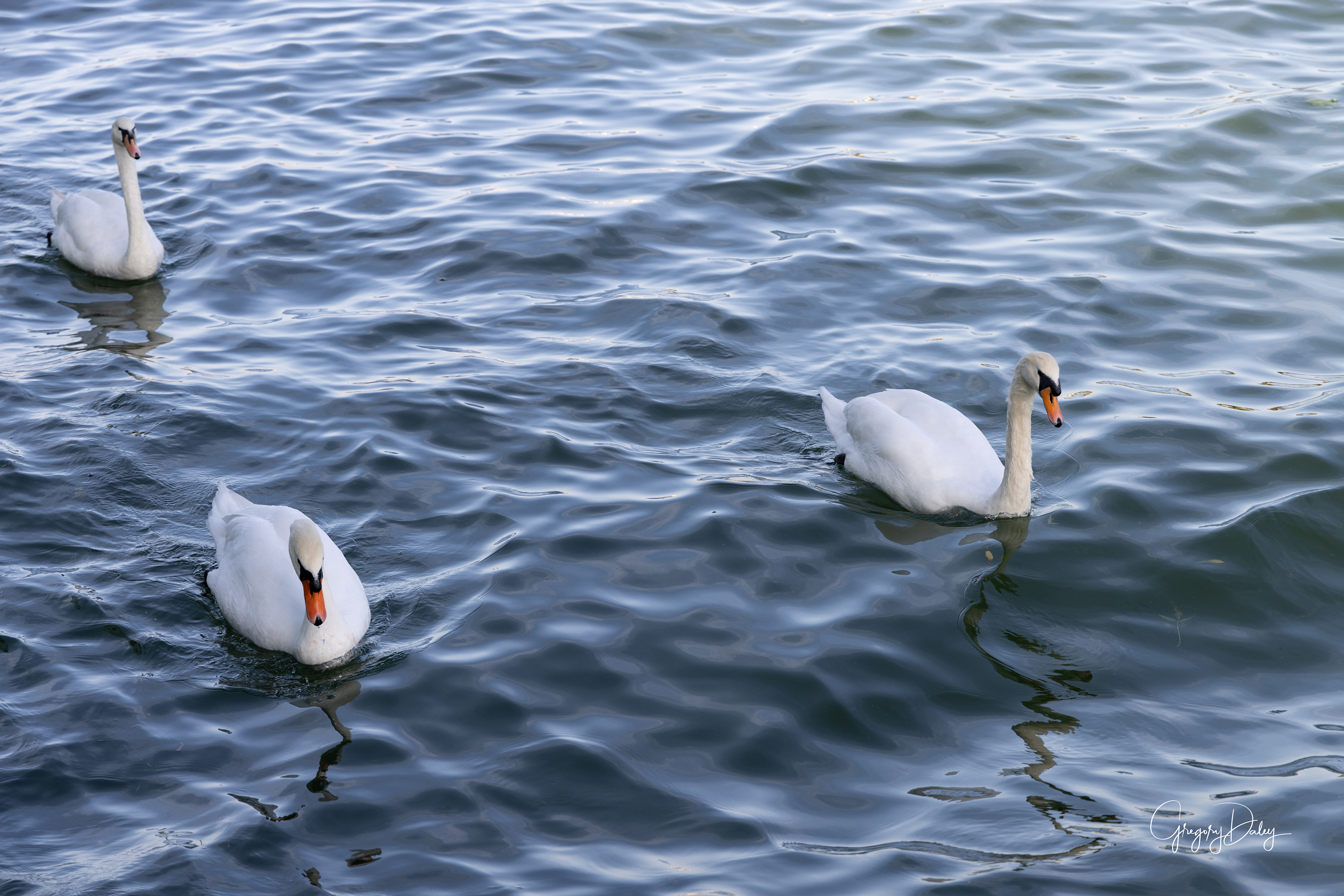
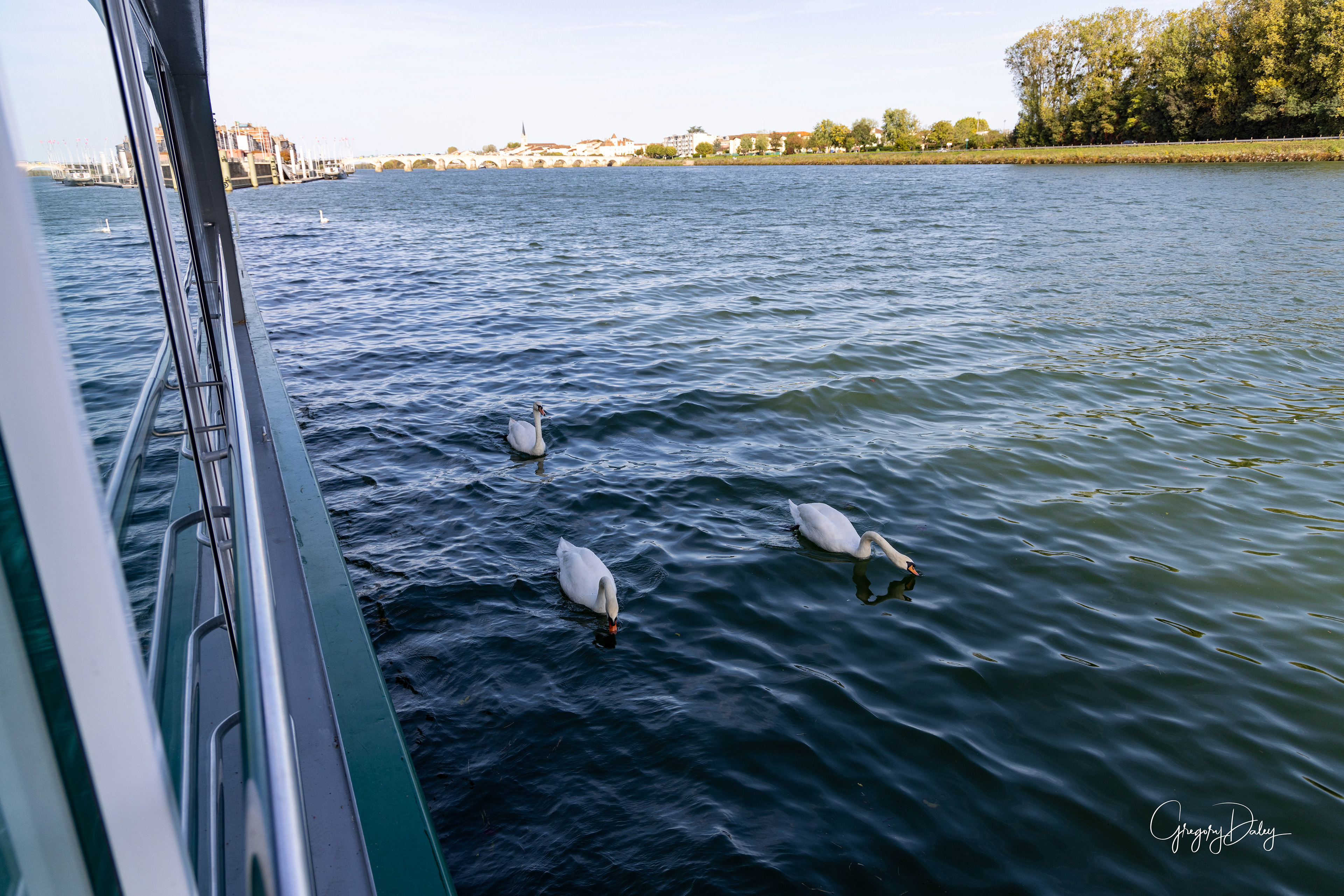
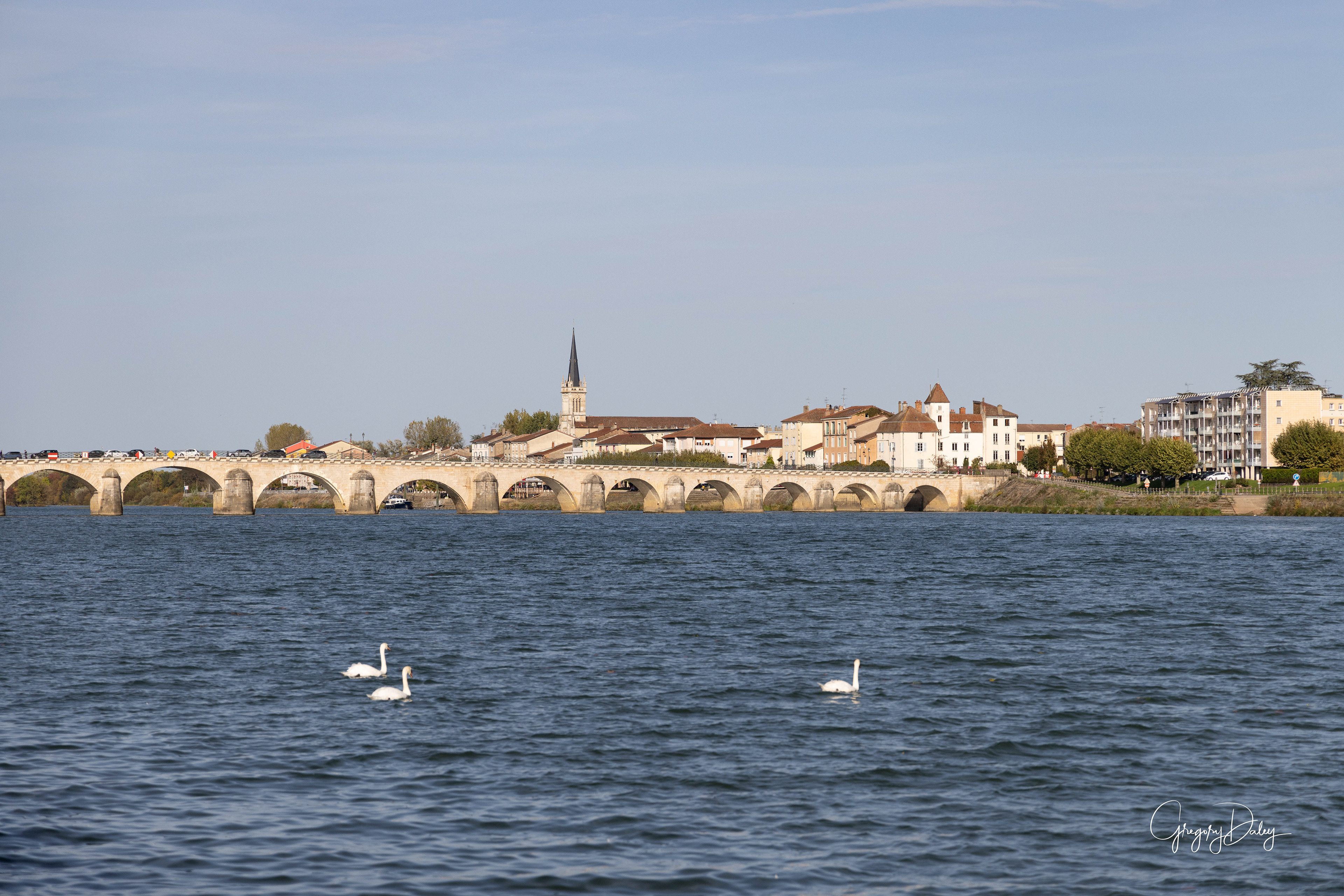
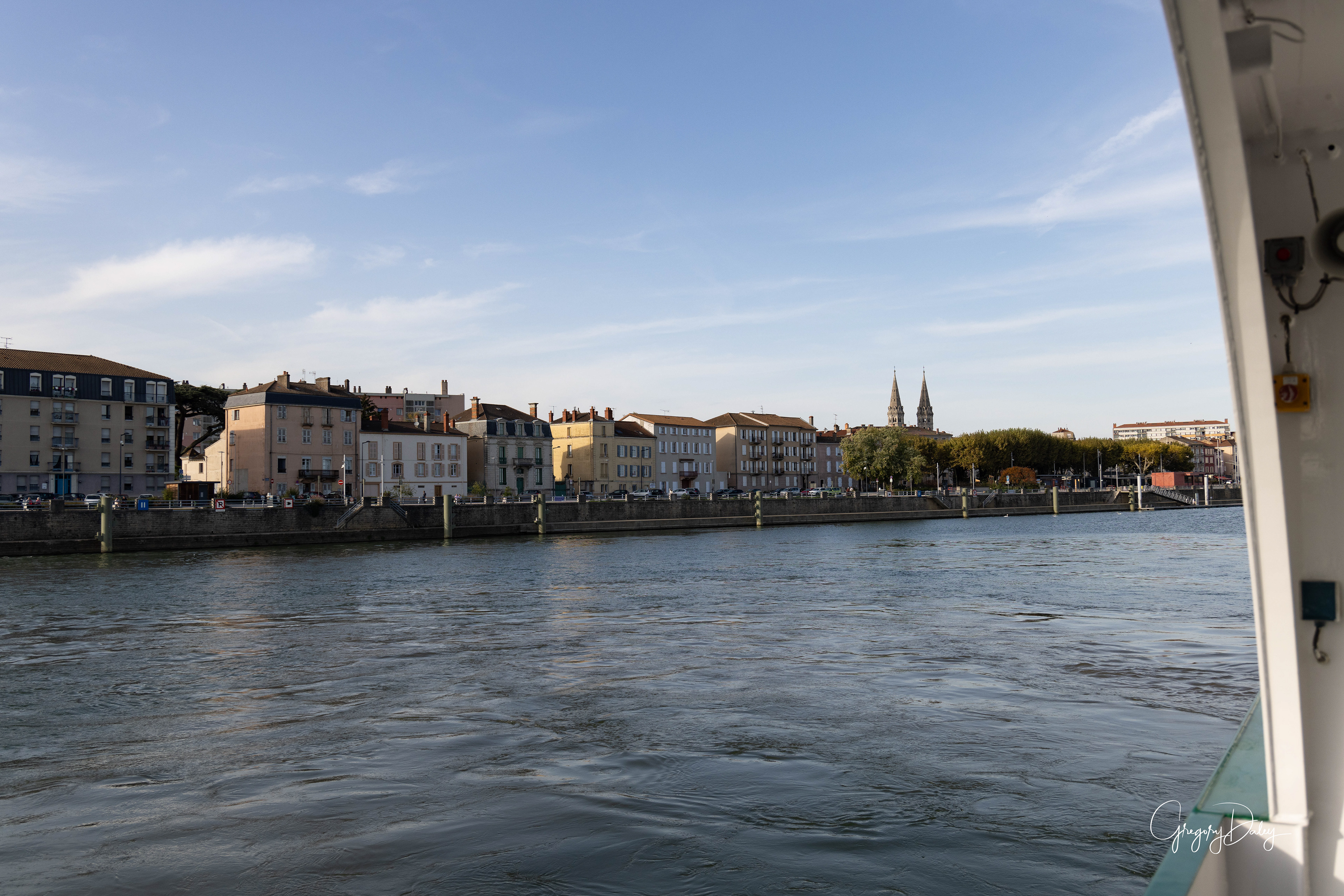
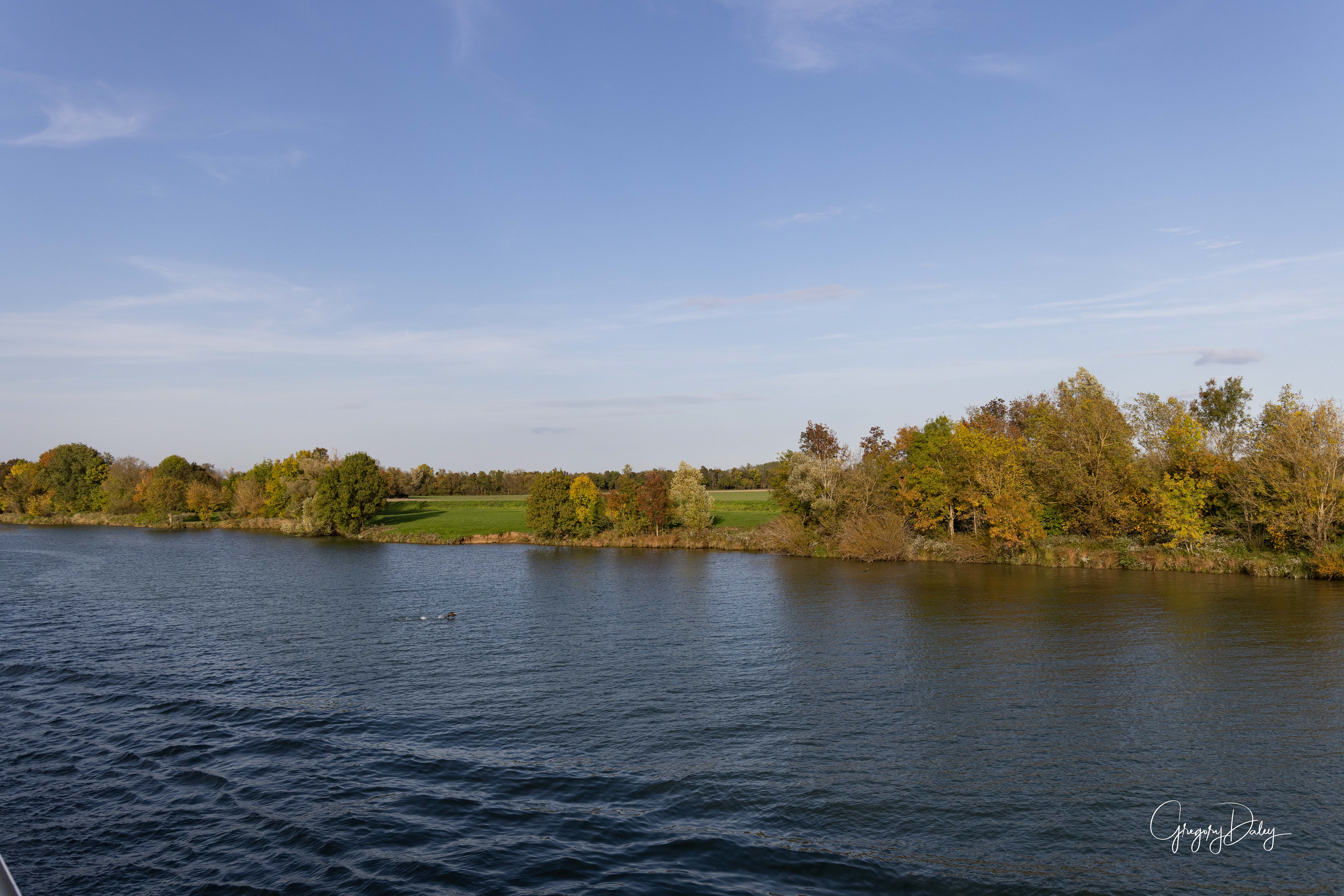
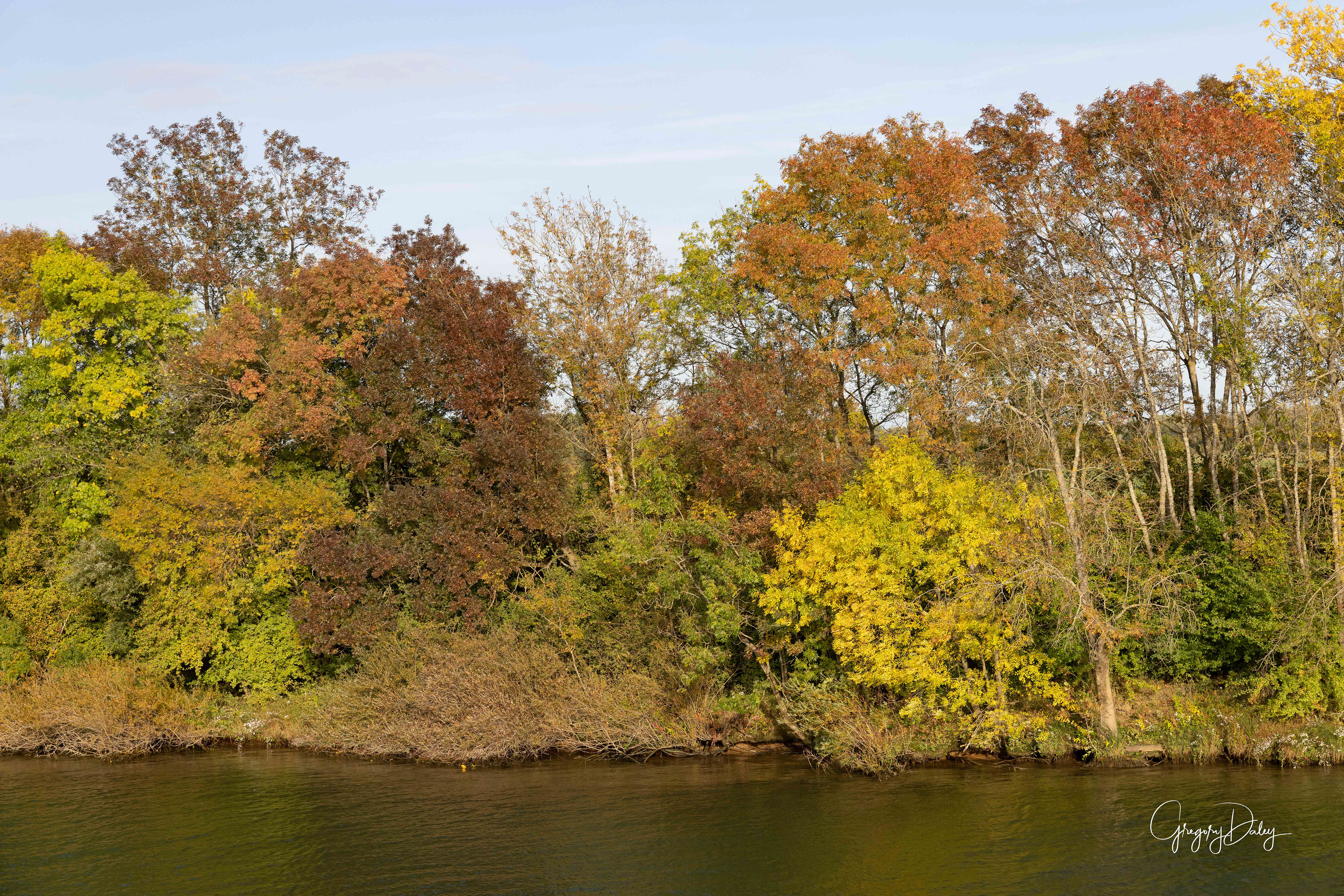
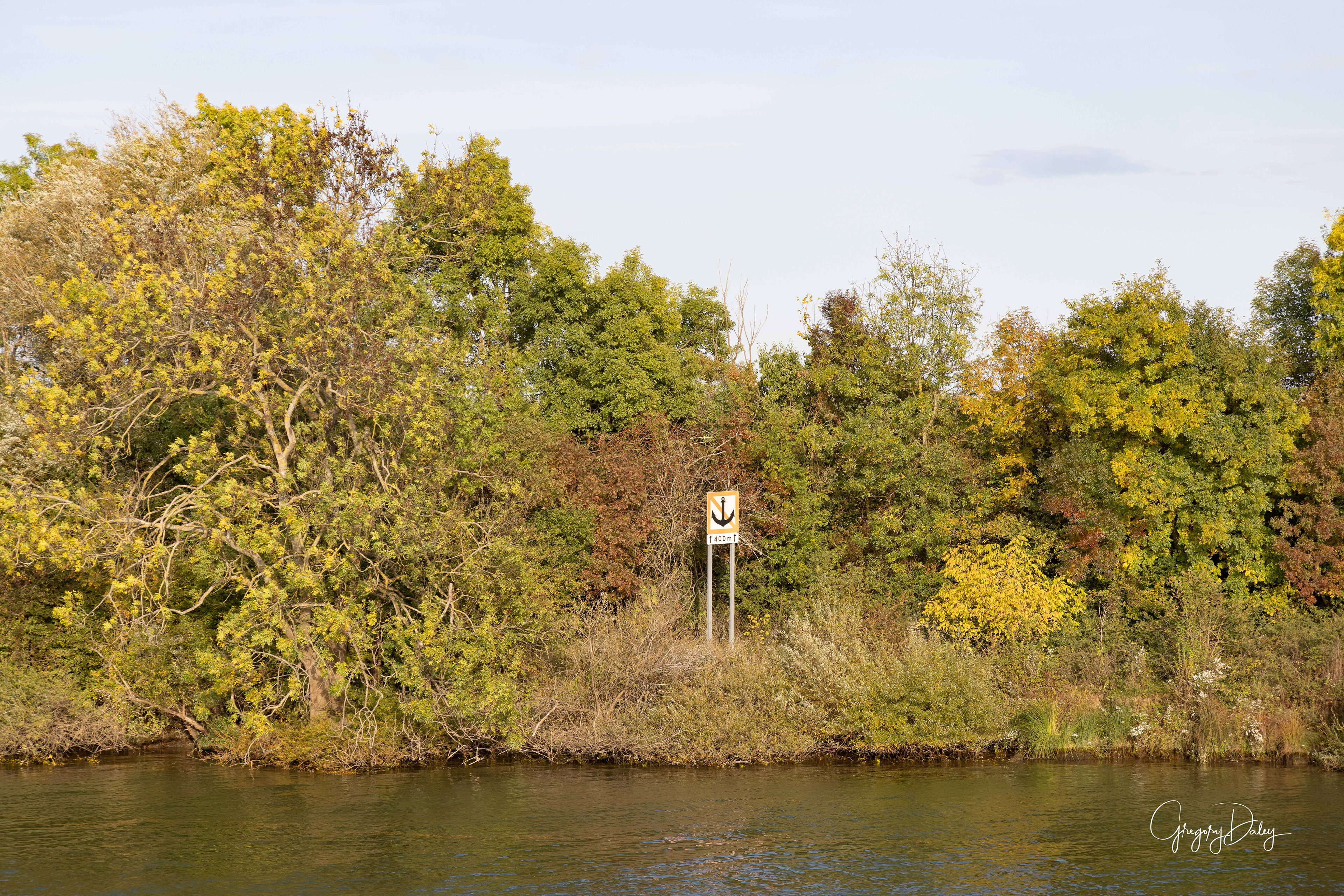
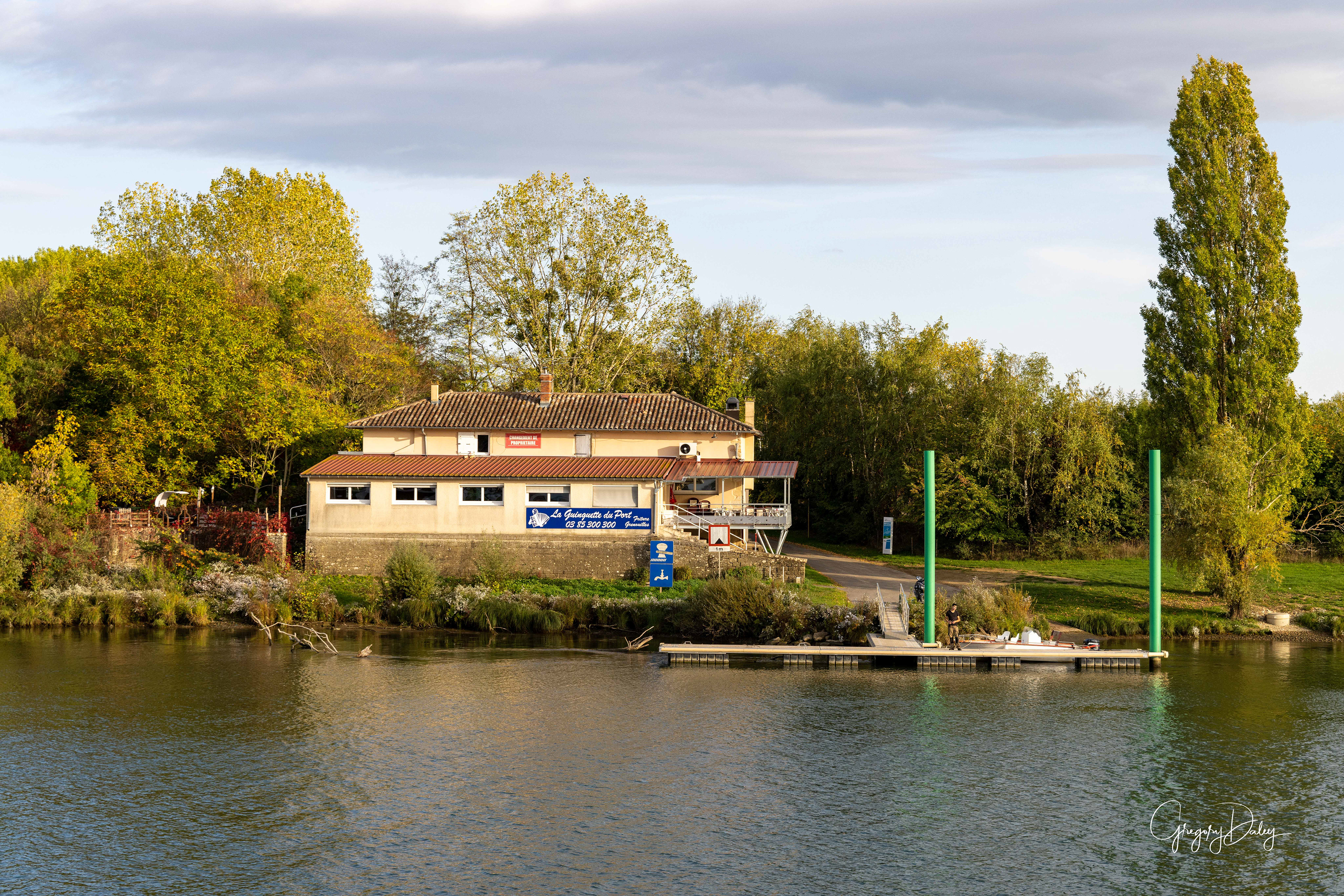
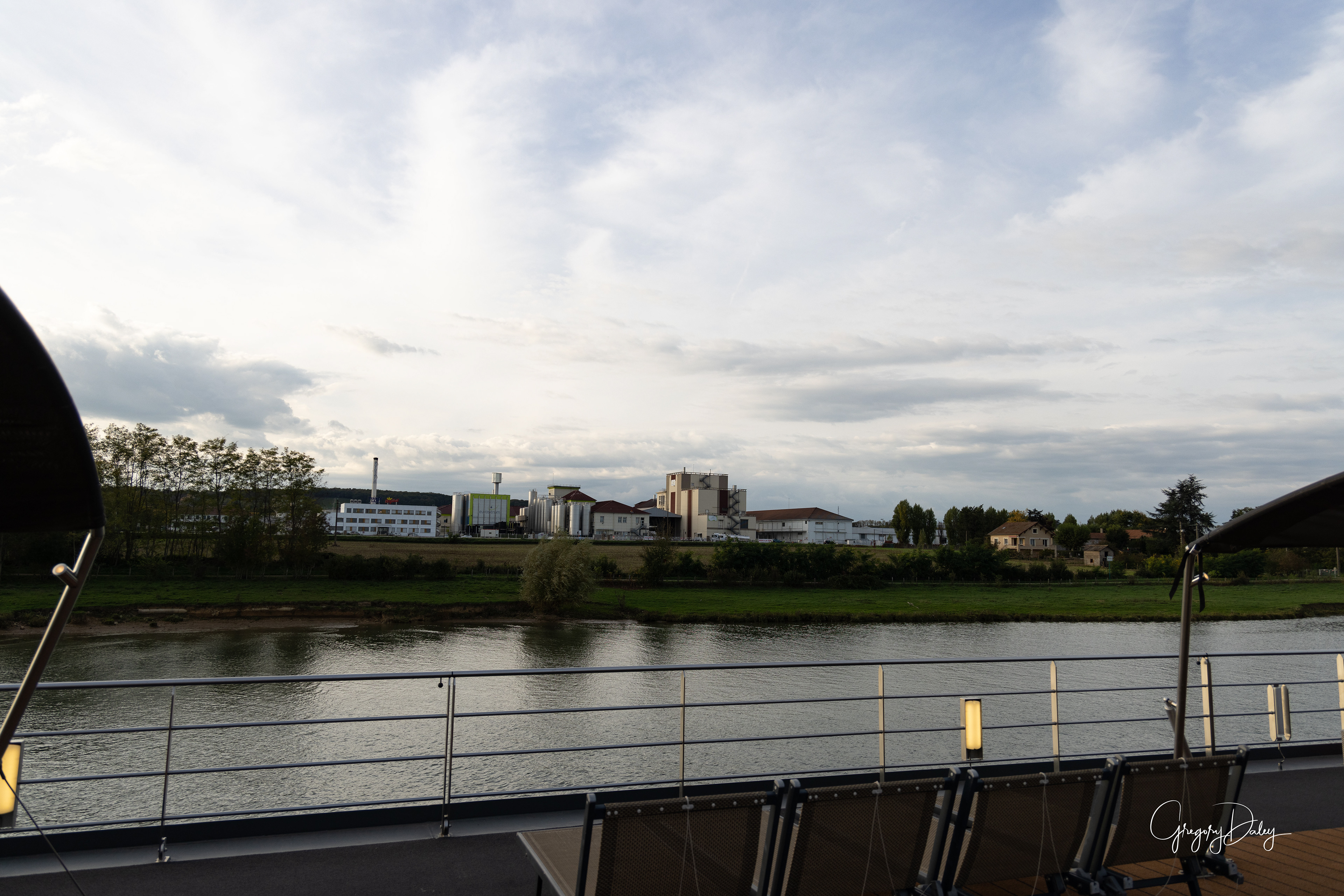


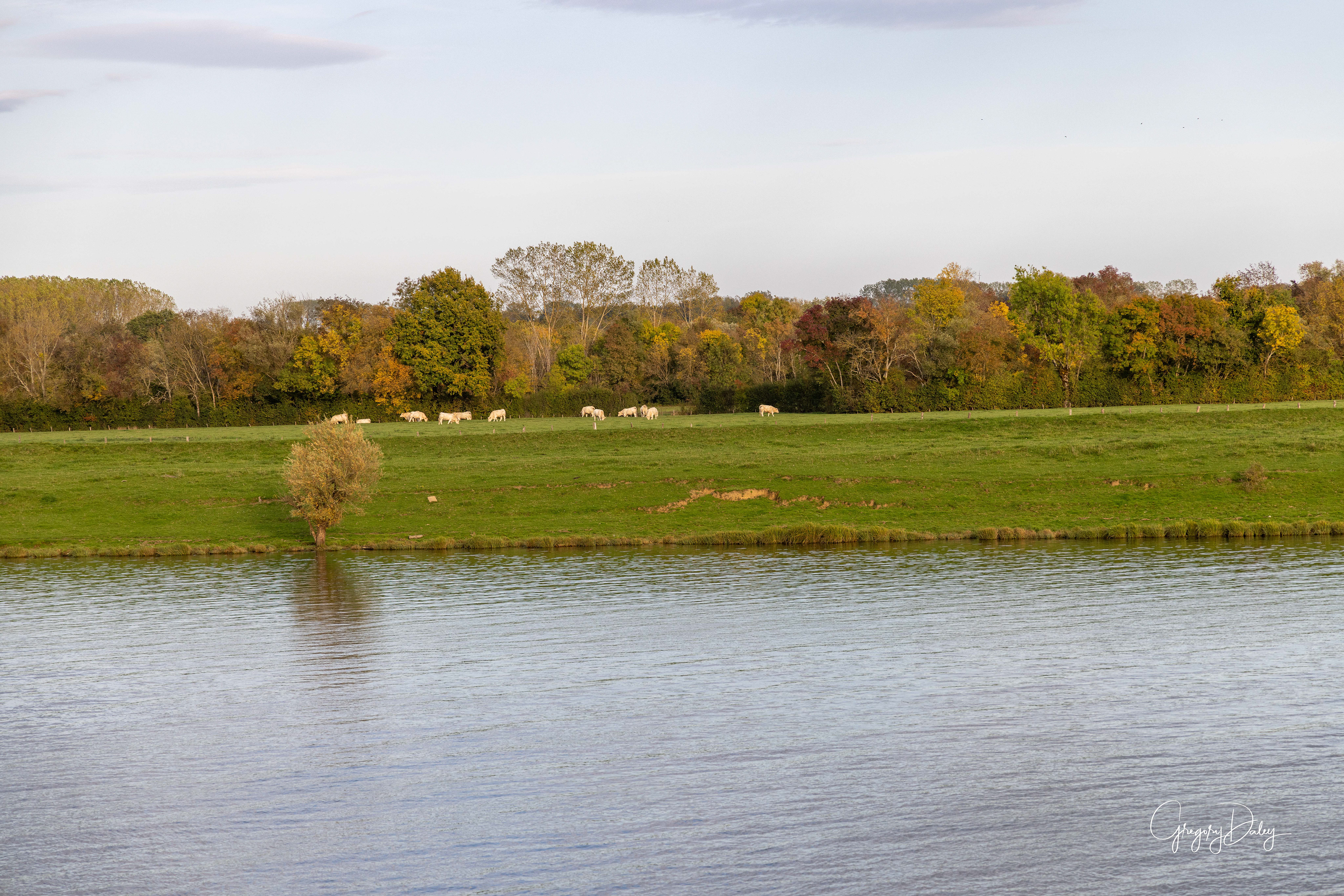
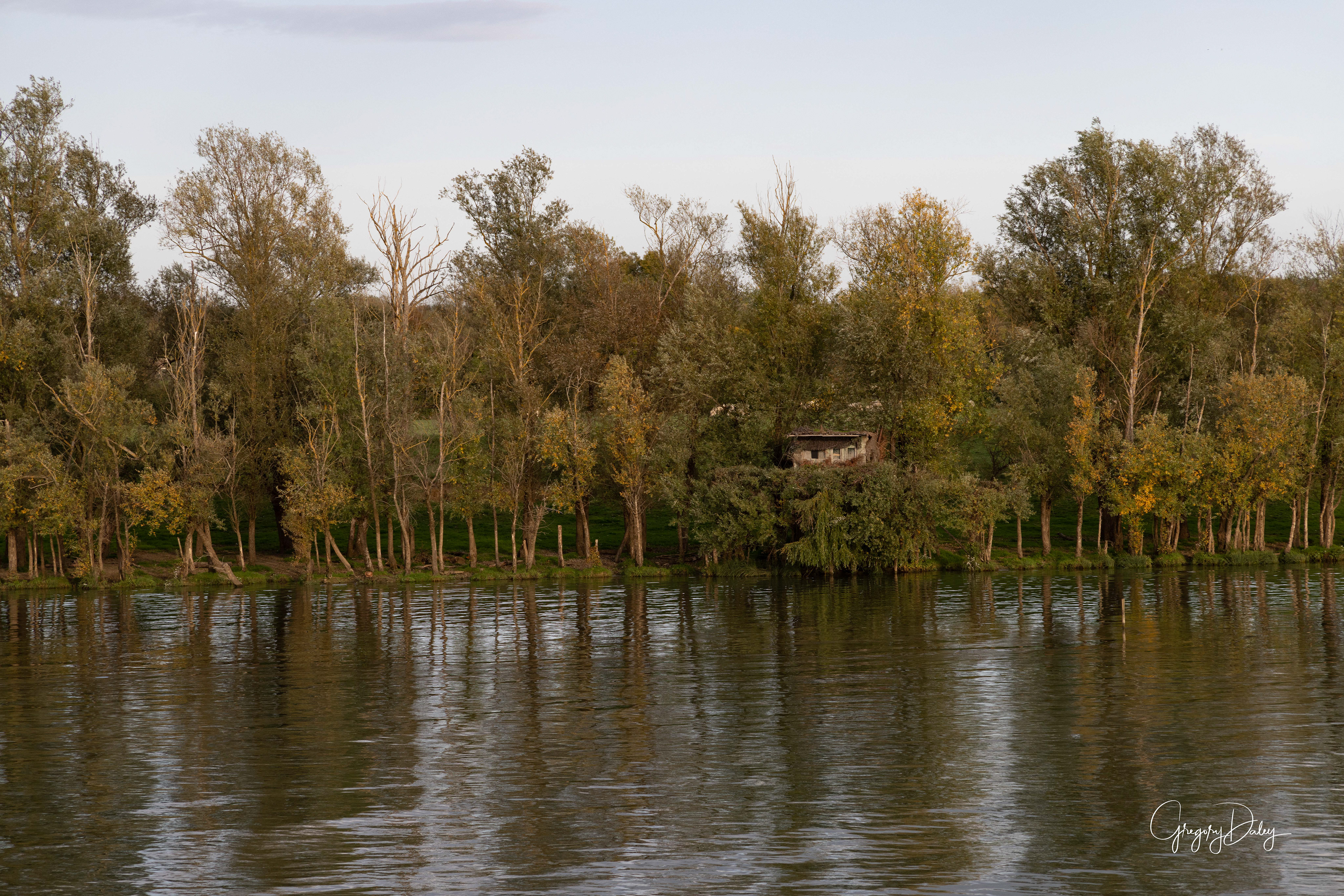

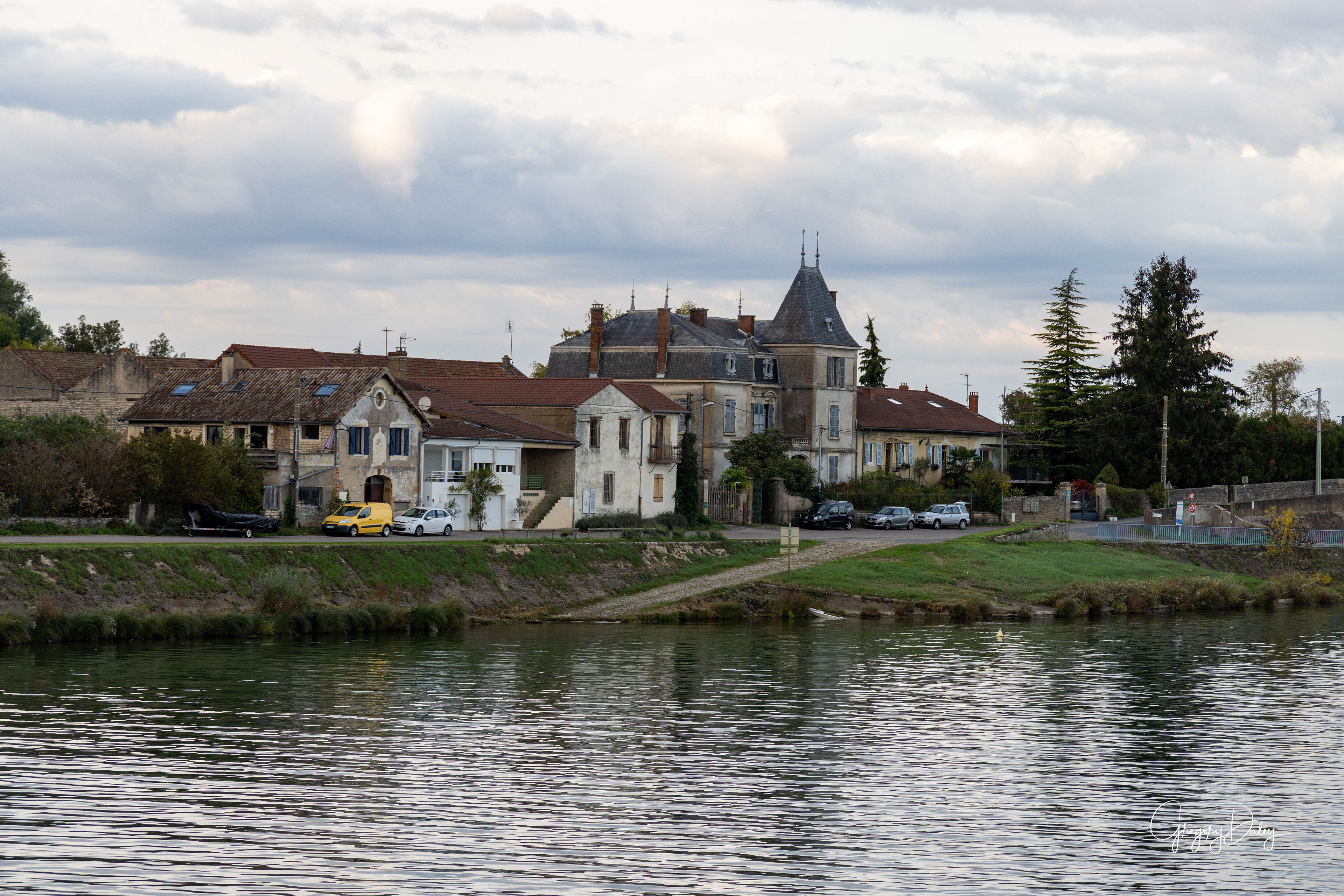
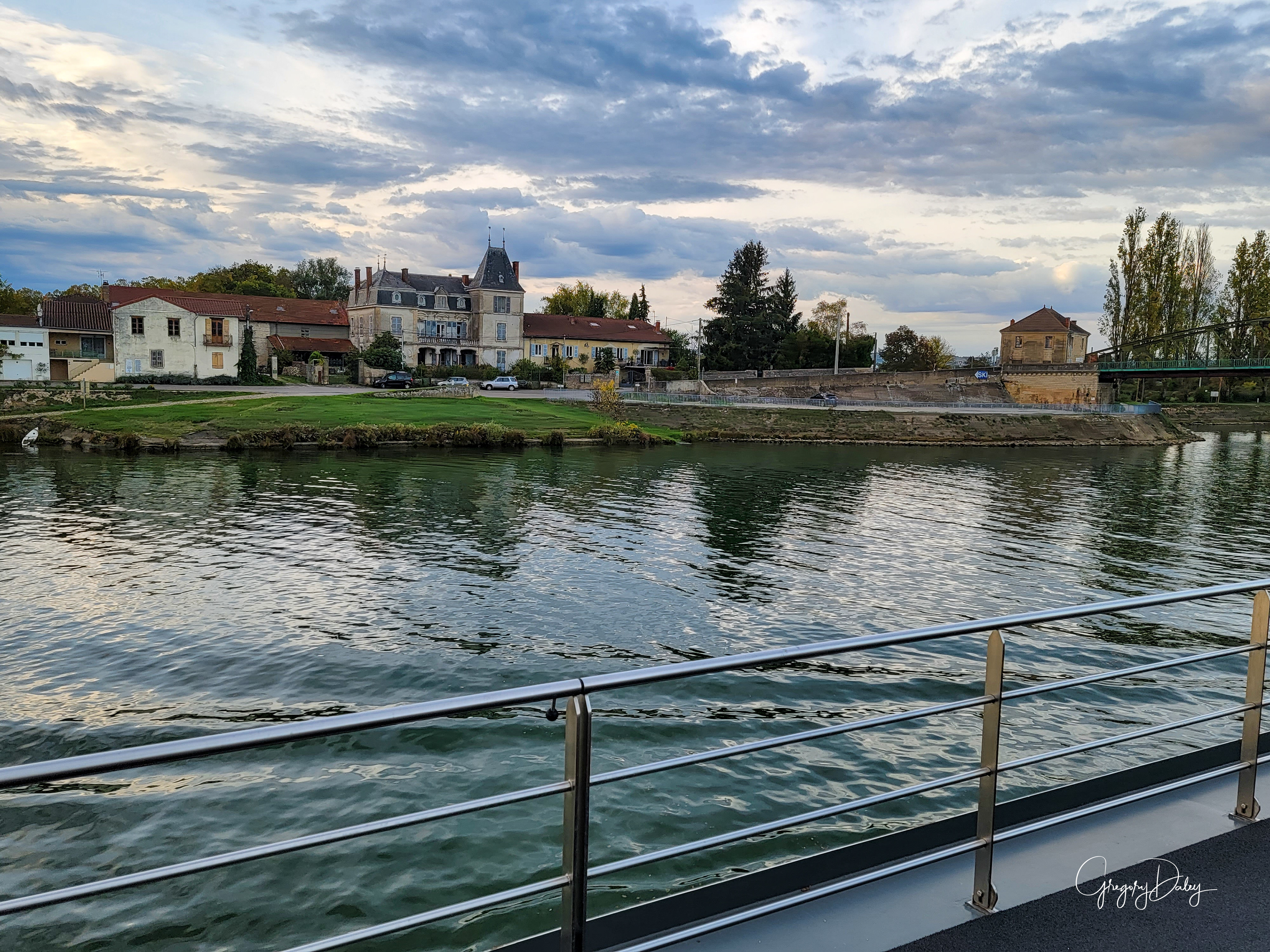
10/17, Day 8 of tour This is the first time I have traveled on a Swiss flag vessel. They don't even border a sea or ocean. Mâcon is a city in east-central France. It is the prefecture of the department of Saône-et-Loire in Bourgogne-Franche-Comté. Mâcon is home to near 34,000 residents, who are referred to in French as Mâconnais. The city gave its name to the nearby vineyards and wine 'appellation'. The agglomeration of Mâcon originates from the establishment of an oppidum and of a river port by the Celts from the Aedui, probably at the beginning of the first century BC. Known then under the name of Matisco, the town developed significantly during the age of the Roman Empire. This is demonstrated by the large Roman hoard known as the Mâcon Treasure that was discovered in the town in 1764, the remains of which is in the British Museum. During the 4th century, the town was fortified. During the Middle Ages, Mâcon was the administrative center of a county belonging to the Duchy of Burgundy at the extremity of the bridge over the Saône leading to the Bresse territory belonging to the Duchy of Savoy. The town controlled access to present-day Lamartinien Valley (Val Lamartinien), where the southern end of the Côte de Bourgogne joins the first foothills of the Beaujolais hills, opening the way to the rich plains of the Loire. On 3 June 1564, Charles IX from Chalon, stopped in the town during his Royal Tour of France (1564–1566), accompanied by the Court and the nobles of his kingdom, including his brother the Duke of Anjou, Henry of Navarre, the cardinals of Bourbon and Lorraine. The town is strategically built: it was a possible entrance into the kingdom for the Swiss or German mercenaries during the French Wars of Religion. He was welcomed by the Queen Jeanne III of Navarre, nicknamed the "Queen of Protestants", and 1,500 Huguenots. On 21 October 1790, the matriarch of a prominent local family gave birth to a son who remains highly visible in his hometown, the Romantic poet and historian Alphonse de Lamartine. In 1790, the Revolutionary government designated Mâcon as the capital (chef-lieu) of Saône-et-Loire, a newly created département within the radical restructuring of national administration. In 1814, the town was invaded by Austrian troops and then liberated twice by French troops before being permanently occupied until the fall of the Empire. After Napoléon's return and the subsequent Hundred Days, Mâcon and the Mâconnais were again captured by the Austrians. During World War II, Mâcon was the northernmost town in the unoccupied zone libre between Paris and Lyon. The town was liberated on 4 September 1944 as part of Operation Dragoon by troops who had landed in Provence.


























